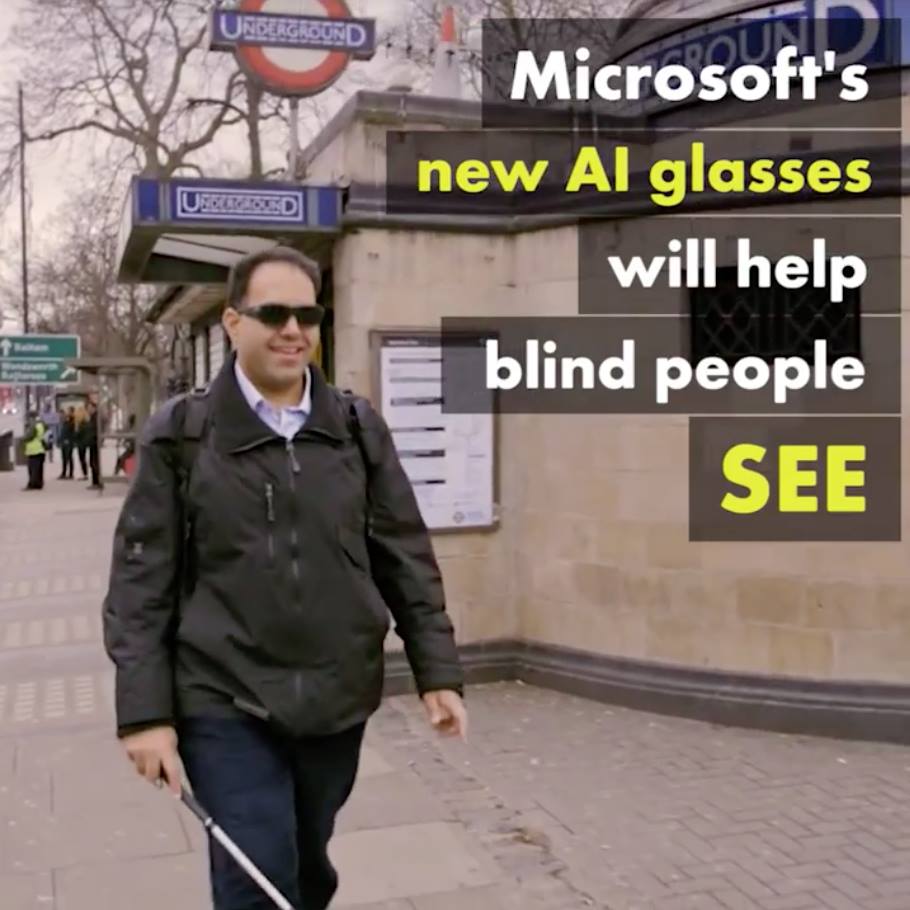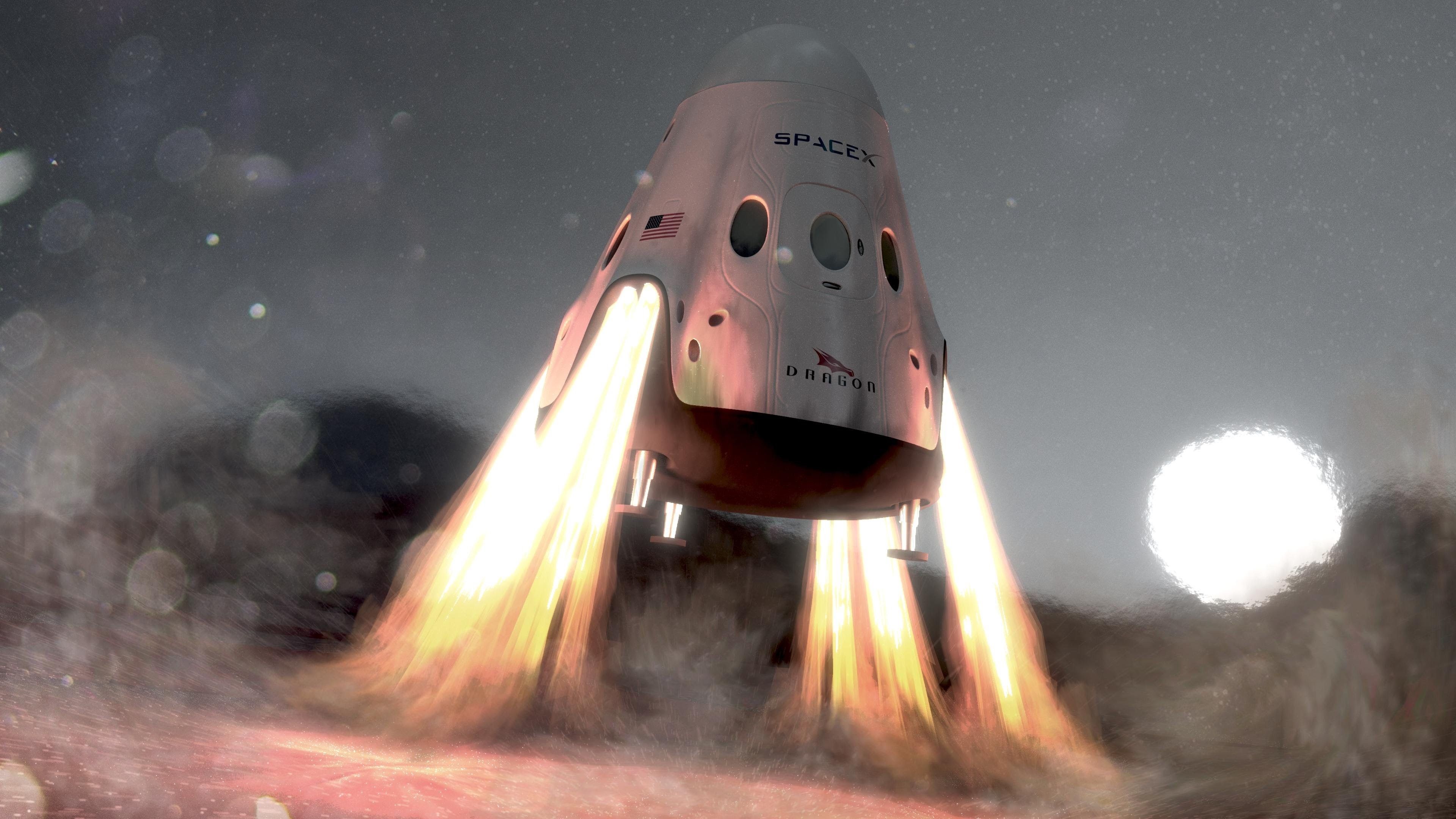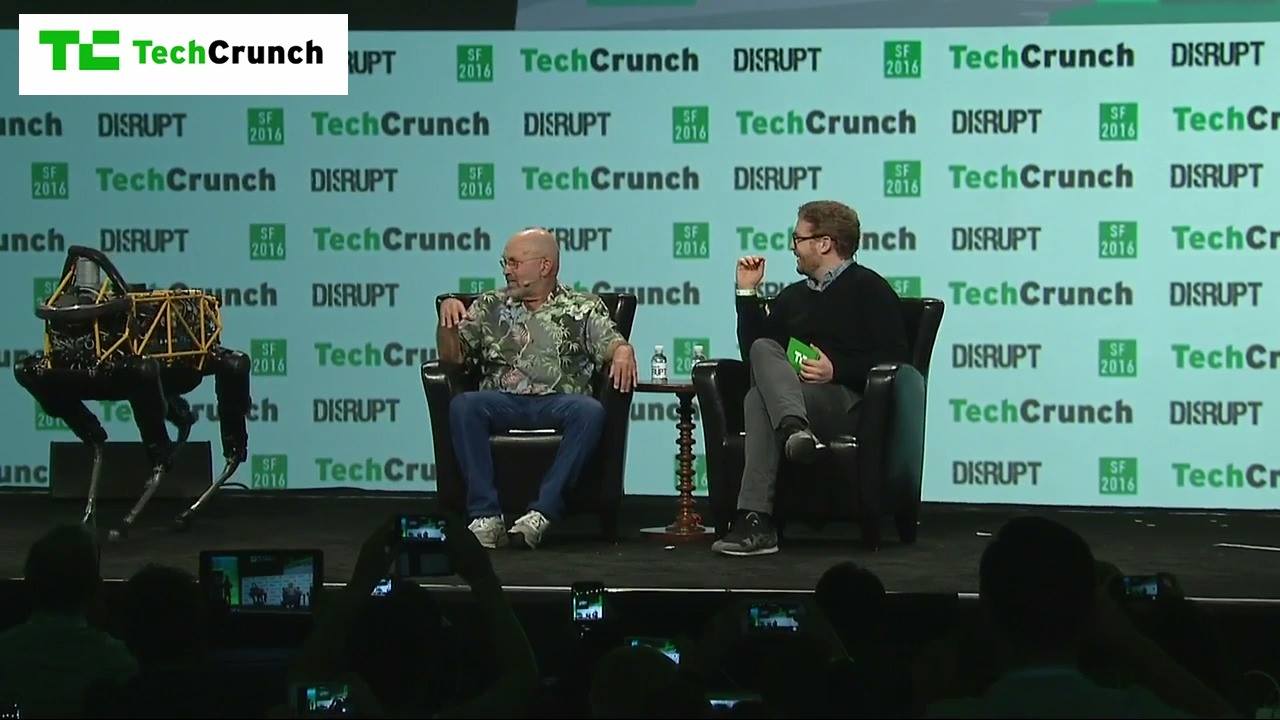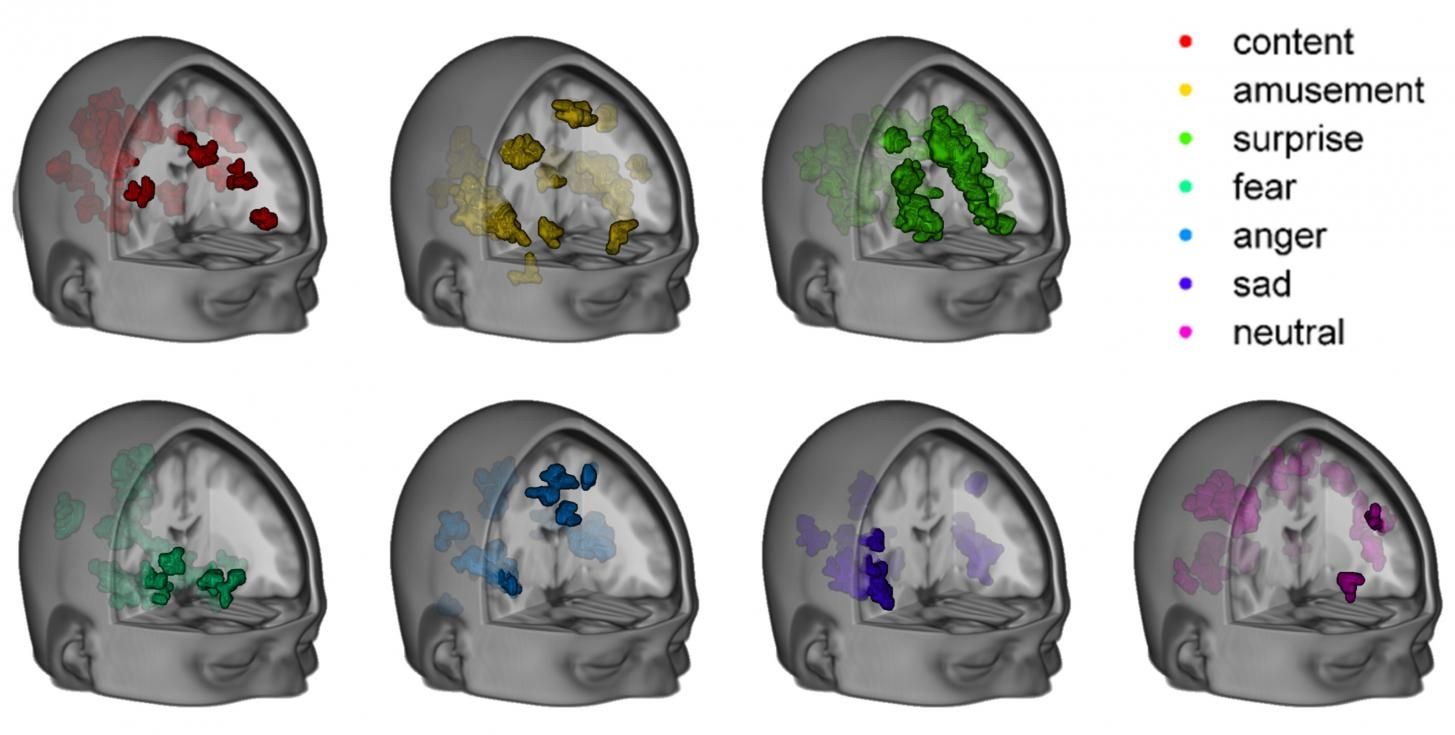Page 10810
Sep 16, 2016
What Happens if SpaceX Beats NASA to Mars?
Posted by Andreas Matt in categories: Elon Musk, space travel
If the Elon Musk-led company beats the $20 billion federal agency to the red planet, here’s what the consequences would be.
Sep 16, 2016
Living Eye Implant Uses Lab-Grown Cells to Restore Sight
Posted by Shailesh Prasad in category: biotech/medical
Our eyes are one of our most complex body parts, made up of numerous delicate cell structures that work together seamlessly to allow us to see. Conditions like far-sightedness, glaucoma, and cataracts are widespread, and it’s no wonder given the fragile nature of the eye’s many components.
In the worst-case scenario, optical cells malfunction to the point of blindness. But a group of scientists at the University of Melbourne in Australia recently took a critical step towards alleviating and even curing a common vision problem. Added to groundbreaking work in other areas, blindness could become an affliction of the past.
Sep 16, 2016
Boston Dynamics brings Spot robot to Disrupt SF
Posted by Shailesh Prasad in category: robotics/AI
Sep 16, 2016
Artificial intelligence is helping blind people see
Posted by Shailesh Prasad in category: robotics/AI

Microsoft’s new AI glasses are helping blind people see. A great example of AI+human collaboration tech for the betterment of humanity.
Sep 16, 2016
Researchers are figuring out how to make virtual assistants understand your feelings
Posted by Shailesh Prasad in category: robotics/AI
One research lab is working on the next iteration of virtual assistants, those that can recognize and react to emotional cues.
Sep 16, 2016
Unbreakable Encryption: Work Has Begun on the World’s First Quantum Enigma Machine
Posted by Shailesh Prasad in categories: encryption, quantum physics
The University of Rochester’s new quantum enigma machine is taking data encryption to a whole new level. This means shorter encryption keys and more difficult message interception.
Need a way to prevent the enemy from intercepting and deciphering your message?
American mathematician Claude Shannon, AKA the “father of information theory” had a way to do it. He came up with a binary system that could transmit messages under three conditions: the key is random, used only once, and is at least as long as the message itself. A long key, though, sounds like a pain.
Sep 16, 2016
This is the worlds first airbag for cyclists!
Posted by Shailesh Prasad in category: futurism
Sep 16, 2016
MRI scanner sees emotions flickering across an idle mind
Posted by Roman Mednitzer in categories: biotech/medical, habitats, neuroscience
As you relax and let your mind drift aimlessly, you might remember a pleasant vacation, an angry confrontation in traffic or maybe the loss of a loved one.
And now a team of researchers at Duke University say they can see those various emotional states flickering across the human brain.
“It’s getting to be a bit like mind-reading,” said Kevin LaBar, a professor of psychology and neuroscience at Duke. “Earlier studies have shown that functional MRI can identify whether a person is thinking about a face or a house. Our study is the first to show that specific emotions like fear and anger can be decoded from these scans as well.”
Continue reading “MRI scanner sees emotions flickering across an idle mind” »
Sep 16, 2016
Tiangong-2 is a Chinese Space Laboratory representing the second stepping stone by the China National Space Agency on a path to establishing a modular space station toward the beginning of the next decade
Posted by Andreas Matt in category: space travel
Tiangong translates literally to ‘Heavenly Palace’ and is China’s first space station program which, in its early stages, is not unlike the early Salyut space stations and the American Skylab – launched with equipment and supplies for a finite mission duration already on board and not serviced by cargo resupply vehicles.
China’s first Heavenly Palace arrived in orbit in late September 2011 after a flawless launch atop a Long March 2F rocket. Orbiting Earth over 300 Kilometers in altitude, Tiangong was first visited two months after launch when the uncrewed Shenzhou-8 spacecraft completed China’s first automatic docking in space.

















